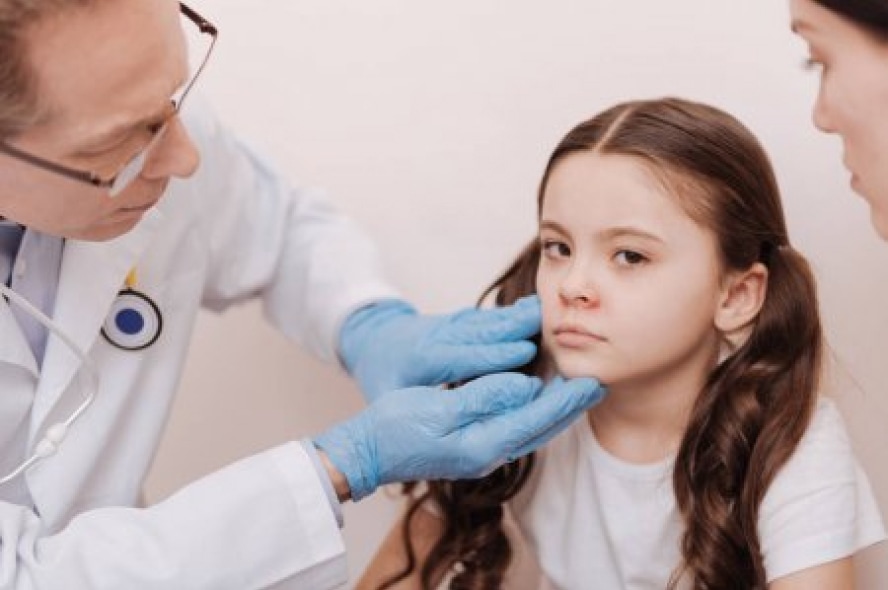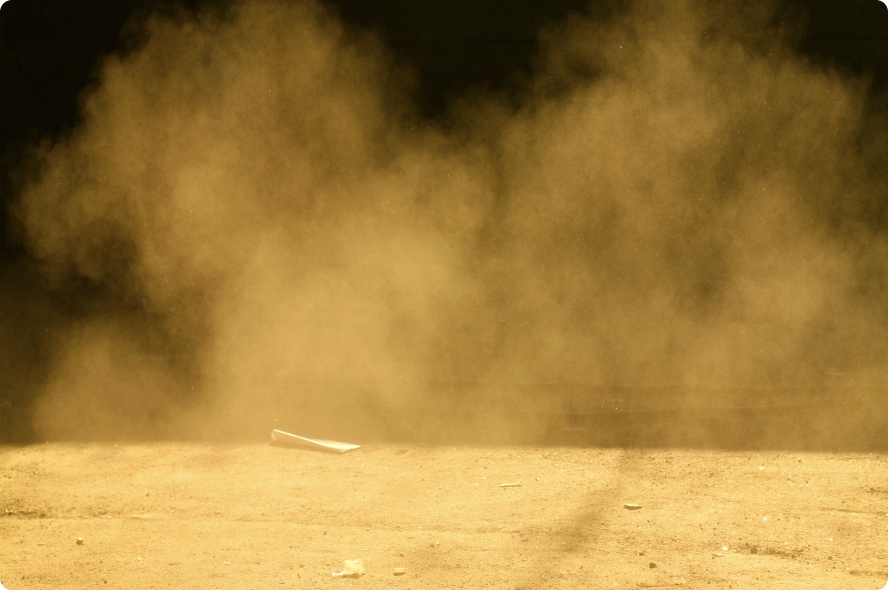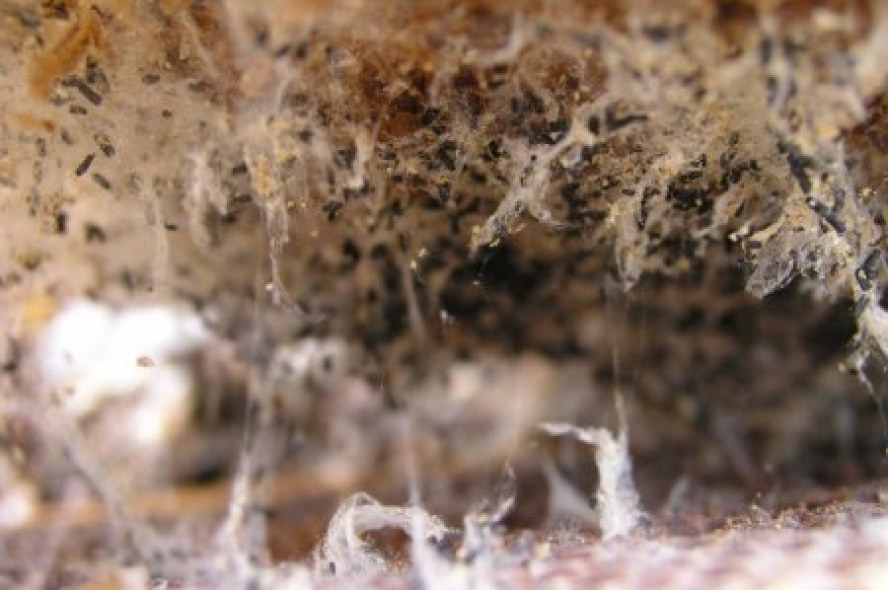
Allergies are among the most common chronic conditions worldwide. Allergies come in many forms and symptoms can vary in degrees.
Nasal Allergy Symptoms
Nasal allergy symptoms can include:

Itchy nose, mouth & ears
Sneezing
Runny nose
Post-nasal drip
Sore throat
Nasal congestion
Sinus headache
A number of different allergens are responsible for nasal allergy symptoms and hay fever. The most common include:
Pollen
Dust
Animal dander
Mold

Allergy Diagnosis
If you or your child have allergy symptoms, an allergist / immunologist, often referred to as an allergist, can help with a diagnosis. Allergists have advanced training and use specific tools to try to determine your triggers. Most often this is done by allergy skin testing.
Treatment
A variety of treatment options are available to allergy sufferers which often includes a combination of controlling your environment, using medications, and developing a long-term treatment plan which may include allergy injections/allergy shots.
Environmental Allergy
When we are speaking of environmental allergy, we are most often referring to things in our indoor environment, such as dust mites, cockroaches, feathers, etc that can cause symptoms of allergy on a daily basis. Dust mites live off of human shed skin and tend to cluster in bedding, carpeting and upholstery. They are not a biting bug or an infestation but part of the human condition. Cockroaches tend to be found in urban areas as well as anywhere food is served (schools, restaurants, commercial buildings). It does not mean you have a dirty home. Identifying these triggers and having knowledge of how to lower the burden in your home is key.
Despite our best efforts and controlling our environments, sometimes additional treatments may be needed. This could include medications complemented by allergy shots/allergy immunotherapy. An allergist can help make the diagnosis and offer specialized treatment.


Pet Allergy
Over half of all U.S. households have pets, the most common of these being cats and dogs. Unfortunately, millions of pet owners have an allergy to their animals.
The proteins found in a pet's dander, skin, saliva and urine can cause nasal allergy symptoms as well as asthma, skin and eye symptoms. Also, pet hair or fur can collect in homes and cause symptoms on a daily basis. Often, when you are living with your trigger, symptoms become more chronic in nature.
As much as we would like it to be true, there are no truly “hypoallergenic breeds” of dogs or cats. Allergic dander in cats and dogs is not affected by length of hair or fur, nor by the amount of shedding.
Being allergic to your pet does not always mean giving up your pet. Many families consider pets a member of their family. An allergist / immunologist has specialized training and experience to accurately diagnose your symptoms and develop a treatment plan to help you or your child manage allergy symptoms and potentially keep your furry friends. Allergy shots are one way to treat pet allergies in the long-term with proven efficacy.
Mold Allergy
Molds are tiny fungi whose spores float through the air. They like damp environments and can be found outdoors, in homes and in other buildings.
We all breathe in mold spores in the air, but some people have an allergic reaction if their immune system sees mold as foreign.
While there are hundreds of types of molds, not all of them cause allergy symptoms. The most common allergy-causing molds include Alternaria, Aspergillus, Cladosporium and Penicillium.
Treatment of mold allergy includes multiple steps at controlling the indoor environmental factors that allow mold to grow that do not cost excessively large amounts of money. In addition, your allergist may also recommend treating your symptoms with medications or allergy shots to provide long-term relief from your symptoms.


Pollen/Seasonal Allergy
Seasonal allergies, often referred to as “hay fever”, is triggered by pollen from outdoor plants that is released into the air at very specific times of year. Patients often report that they are always “sick” at the same time each year. They are worsened by going outdoors and by opening windows and doors of homes to allow ventilation. This allows pollen to enter your home and makes relief difficult. Common pollinators include tree, grass and weed pollen. Many people will limit activities, such as a bike ride or physical education at school, due to extreme seasonal allergies. There are very few steps to control your outdoor environment therefore most treatment for seasonal allergies requires medication use and/or allergy shots to provide long-term relief from your symptoms.
